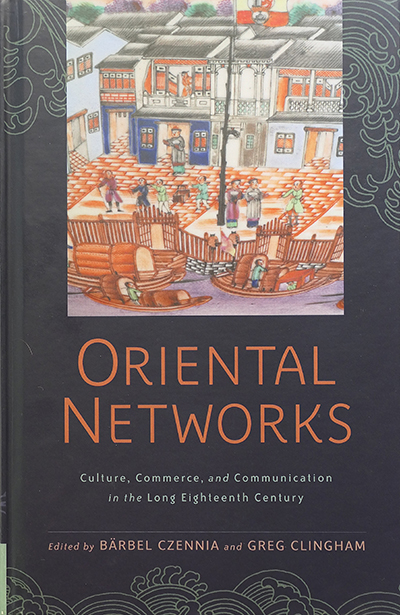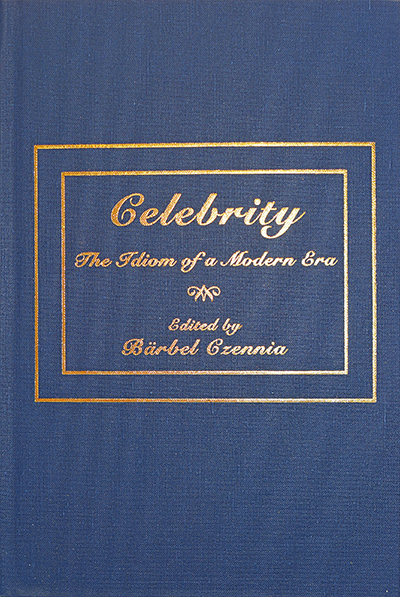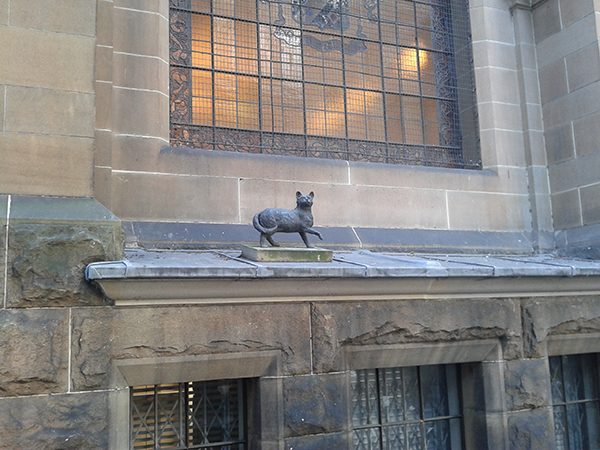

|
The comparative study of novels and their translations involves practical challenges rarely encountered in the comparative analysis of shorter literary works. While translations of poems, short stories, and theater plays can be compared to their source texts word for word, the sheer volume of a novel requires a more selective approach. This holds especially true for nineteenth-century novels associated with literary realism and aptly described by Henry James as “large, loose, baggy monsters.” One of the most memorable features of Charles Dickens’s novels is the dialogue of his characters. Celebrated as true to life, Dickens’s literary representations of dialects, sociolects, idiolects, and many other features of human speech greatly contributed to the writer’s popularity and earned some of his fictional characters a place in the collective memory independent of the novels from which they sprang.
For Charles Dickens, dialogue (or character speech) is a multi-functional narrative device that helps him achieve many artistic goals in addition to character development and implicit characterization: alternating between direct speech, indirect speech, and free indirect discourse (the deliberate fusion of an ostensible narrator’s voice and a character’s voice for special effects), his imitations of actual speech also facilitate the creation of a distinctive atmosphere or tone for central scenes, advance the plot, contribute to the internal communication among characters or the external communication between author and readers, and link different units of narration through thematic leitmotifs.
For translation critics or historians who study Dickens’s novels side by side with their German translations, a comparative reading of dialogue excerpts facilitates the identification of typical translator behaviors and the prediction of translatory trends. It helps reconstruct a translator’s understanding of a novel within its “source” culture, a translator’s stylistic preferences (informed by time-specific linguistic or literary norms) on the “source” side, and even a translator’s self-perception as a literary re-creator and mediator between two cultures adhering to different traditions and conventions. The revelatory potential of character discourse for historical-descriptive translation studies is demonstrated by comparative readings of excerpts from Charles Dickens’s Pickwick Papers, Oliver Twist, David Copperfield, Great Expectations, and their German translations (published roughly between 1840 and 1980). Looking at 150 years of German Dickens reception through the lens of translators’ efforts to find ever new substitutes for the nuanced dialogue of Dickens’s characters also deepens our appreciation for the artistic complexity of his novels in English.
Die literaturwissenschaftlich fundierte Untersuchung von Romanübersetzungen stellt ein besonderes arbeitstechnisches Problem dar, das nur mit Hilfe einer selektiven Vorgehensweise gelöst werden kann. Als besonders aussagekräftiges Beobachtungsfeld für vergleichende Analysen bietet sich die Figurenrede an: ein multifunktionales stilistisches Phänomen, das entscheidend an der Gesamtkonzeption der literarischen Langform beteiligt ist und wichtige Trendmeldungen zur historisch-deskriptiven Einordnung übersetzter Romane ermöglicht. Dies wird am Beispiel der deutschen Übersetzungsgeschichte von Charles Dickens' Pickwick Papers, Oliver Twist, David Copperfield und Great Expectations exemplarisch vorgeführt. Sprachlich-stilistische Eigenschaften der Ausgangstexte, individuelle Vorstellungen der Übersetzer von literarischer Gestaltung sowie zeitgebundene Traditionen, Konventionen und Normvorstellungen von Ausgangs- und Zielsprache, -literatur und -kultur verdichten sich zu immer neuen Lesarten auf der Zielseite. Sie regen rückwirkend auch zu einem vertieften Verständnis der ursprachlichen Fassungen an.
Publisher: Peter Lang GmbH, Internationaler Verlag der Wissenschaften (September 1, 1992)
Language: German
Perfect Paperback: 338 pages
ISBN-10: 3631452047
ISBN-13: 978-3631452042 |





